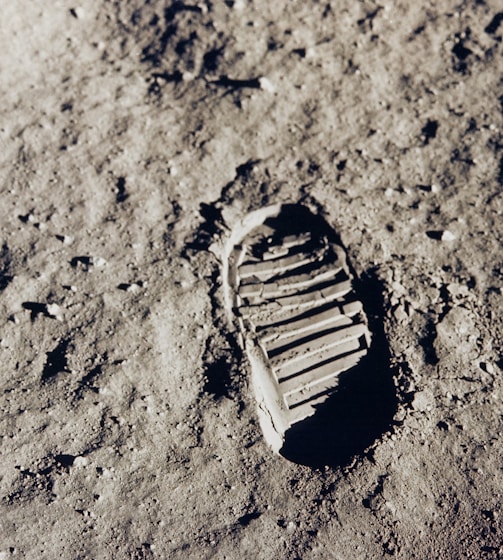GPU Hub with Tools for Efficient AI Development
Access readily available dedicated machines with pre-configured professional AI development tools, from dependable data centers at competitive prices.










Available GPUs
DGX H100
Data Center:
GPU: 2x, 4x, or 8x H100 80GB
CPU: 2x Intel Xeon 8480C PCIe Gen5 CPU with 56 cores each
RAM: 2TB per DGX
Storage: Vast Data storage
Network: up to 100 Gbps
Location: Omaha, NE
Nvidia V100
Data Center:
GPU: 8x V100 16GB
CPU: 2 x Intel Xeon E5-2680v4
RAM: 512GB
Storage: 512GB SSD
Network: 10 Gbps
Location: NYC, NY
Nvidia A100
Data Center:
GPU: 4x A100 80GB
CPU: AMD Epyc 7443 with 96 cores
RAM: 1TB
Storage: 6TB NVMe SSD
Network: up to 15 Gbps
Location: Miami, FL
Nvidia V100
Data Center:
GPU: 8x V100 16GB
CPU: 2 x AMD Epyc 7542
RAM: 512GB
Storage: 1TB NVMe SSD
Network: 15 Gbps
Location: Amsterdam
AMD MI210
Data Center:
GPU: 8x MI210 64GB
CPU: 2 x AMD Epyc 7542
RAM: 512GB
Storage: 1TB NVMe SSD
Network: 15 Gbps
Location: Amsterdam
NVIDIA H100
Data Center:
GPU: 8x MI210 64GB
CPU: 2 x AMD Epyc 7542
RAM: 512GB
Storage: 1TB NVMe SSD
Network: 15 Gbps
Location: Amsterdam
What is Apolo?
Apolo GPU Hub & AI-centric Ecosystem combines every element needed for a successful and efficient AI/ML development process in an organization.
From HPC resources to an all-in-one AI Platform with an integrated ML development toolkit, Apolo covers it all. Apolo can be deployed in a distributed architecture, as a dedicated enterprise cluster, or as a multi-tenant white-label solution to support dedicated instances or self-service cloud.
AI/ML Development Tools
Right out of the box, Apolo spins up a full-fledged AI-centric development environment with all the tools you need at your fingertips.
Apolo manages and automates the infrastructure and processes for successful AI development at scale. Apolo's AI-centric services seamlessly stitch your on-prem and cloud resources, deploy pipelines, and integrate your open-source and commercial development tools.


GPU Hub
Apolo offers a comprehensive suite of High-Performance Computing (HPC) servers through its own resources and an extensive network of partners. Apolo's AI-centric infrastructure is curated to support the specific needs of AI model training and inference, featuring a wide range of servers optimized for the most demanding AI tasks. Apolo empowers enterprises with the tools and resources necessary to achieve breakthroughs in AI, ensuring projects of any scale can be realized efficiently and precisely.
Let us help you with your AI development setup


AI Toolkit


1
Interoperability
With best-in-breed AI/ML development tools (open-source and proprietary), libraries and SDKs.
2
Orchestration
Management of permissions, compute, processes, pipelines, artifacts, training, resource management and more.
3
Unified Environment
Remote team collaboration within a single environment across CLI, API, and web interfaces.
4
Scaling
Easily scale your resources across Apolo, partners, on-prem, and cloud as needed for decentralized AI-centric services.
How will you benefit?
Understanding the overarching trends of your business and overall market saves you time, money and energy in the long run, and can help you dominate your market.
Client insights
Increased efficiency
Process automation
Data-driven innovation
Reduced costs
Market insights
Happy clients
Don't just take our word for it – our clients frequently stay in touch with us and work with us on future projects that require big data insights.


John Bjerrand
I work in agricultural consulting, meaning that we often need to use big and complex datasets to justify expensive investments for our clients. Lilo's consultants helped us see the big picture with their visualization tools and expertise.


Anna Claudio
As the in-house supplier manager, it's sometimes had to understand which manufacturers work best for our needs. Lilo's data analysis helped us identify where we could save and which manufacturers worked the best for us in the long term.


Contact us
Whether you have a request, a query, or want to partner with us, use the form below to get in touch with our team.
We will get back to you within 2 business days, but probably much sooner.
300 SW 1st Ave, Suite 155, Fort Lauderdale, FL 33301


We stand with Ukraine






